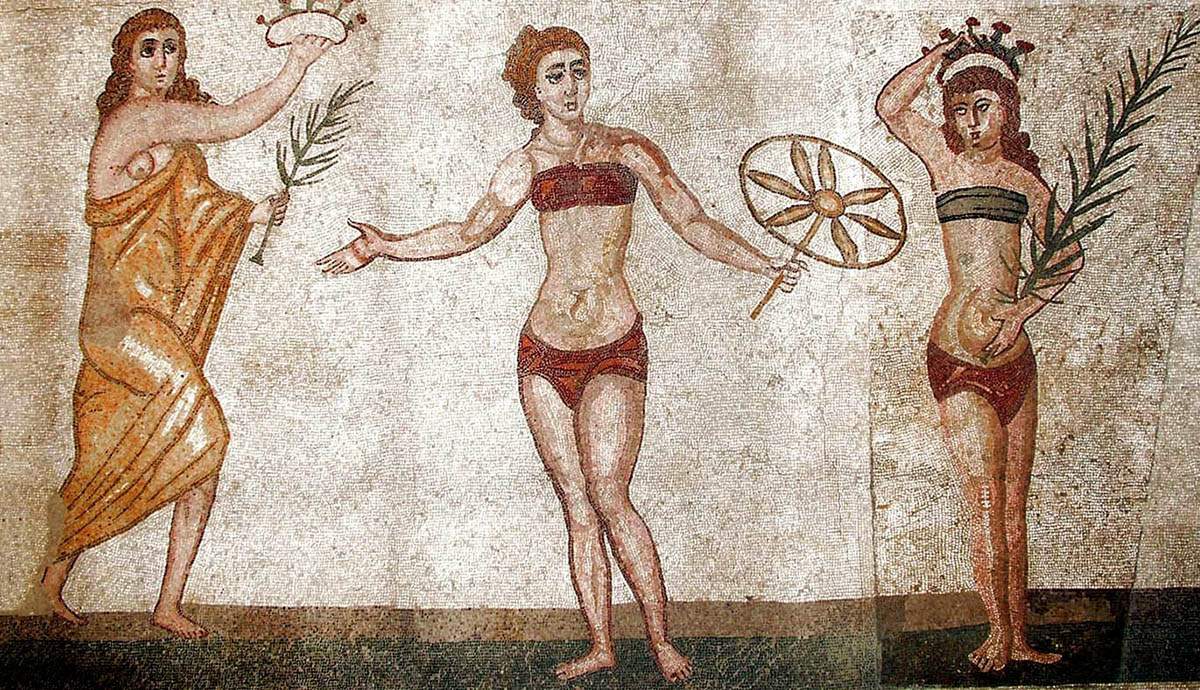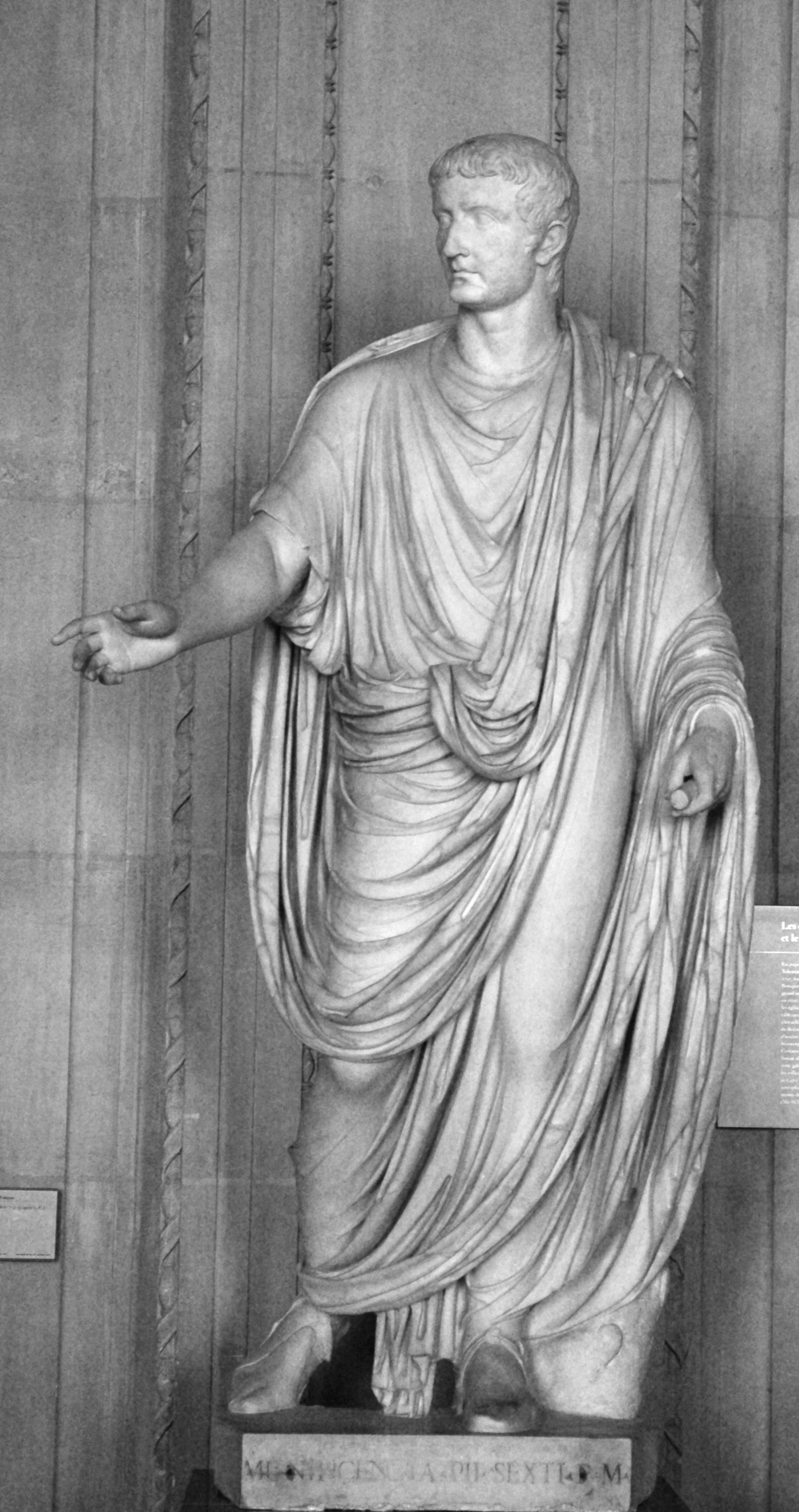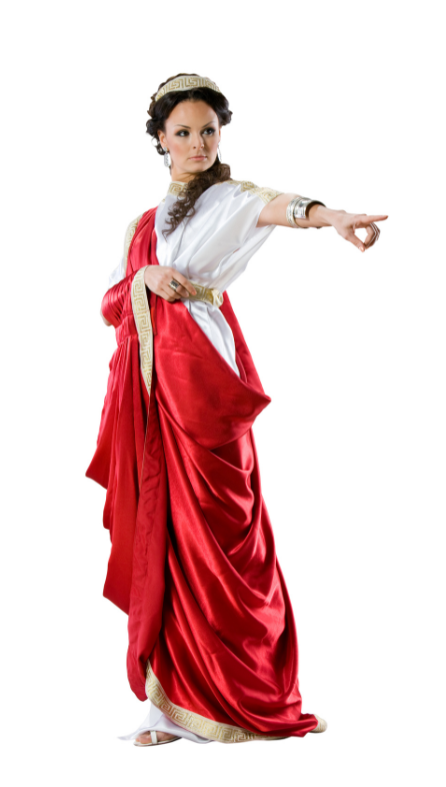Exploring the Legacy of Roman Clothing
The allure of ancient civilizations often lies in their rich cultural heritage, and the Romans were no exception. Their Clothing, a reflection of their society and values, continues to captivate us. The Romans dressed for function, climate, and status, which is evident in the variety of garments they wore. From the simple tunics of the plebeians to the elaborate togas of the senators, each piece of clothing told a story of its wearer’s place in the social hierarchy.

A deeper dive into the world of Roman attire reveals the toga, a garment synonymous with the civilization itself. The toga was more than a piece of Clothing; it was a symbol of Roman citizenship. Its draping and folding had specific rules, indicating the status and role of the wearer within the society. The toga’s design was practical for the Mediterranean climate, providing comfort and ease of movement.
The Evolution of Roman Fashion
As the Romans expanded their empire, they encountered new cultures and fashions, which influenced their own. The synthesis of these influences led to an evolution in their Clothing styles. For instance, the tunic, originally a simple garment, became more elaborate, incorporating embroidery and color. This evolution is a testament to the Romans’ adaptability and openness to new ideas.
Modern Interpretations of Roman Clothing
The fascination with Roman Clothing has not waned over the centuries. Today, designers and historians alike draw inspiration from these ancient styles, creating modern interpretations that pay homage to the past. From the red-carpet events adorned with toga-inspired gowns to the use of Romanesque patterns in contemporary fashion, the legacy of Roman attire lives on.
In the world of cinema, the portrayal of Roman Clothing has been pivotal in bringing history to life. Films like “Gladiator” and “Spartacus” have meticulously recreated the attire of the era, allowing audiences to immerse themselves in the grandeur of ancient Rome. These visual representations have sparked interest and further exploration of Roman fashion.

Roman Clothing in Academia and Pop Culture
Academic institutions have also played a crucial role in preserving and interpreting Roman clothing. Courses and lectures delve into the construction, materials, and cultural significance of these garments. Additionally, pop culture, including books, blogs, and social media, has embraced the topic, making it accessible to a broader audience.
“Fashion is a form of expression, and Roman clothing is no exception,” said fashion historian Dr. Maria Antonia, emphasizing the importance of understanding the cultural context of attire. Her insights, along with those from other experts, provide a rich tapestry of knowledge that enhances our appreciation of Roman fashion.
“The Roman toga is not just a piece of clothing; it’s a piece of history that continues to influence modern fashion,” tweeted celebrity fashion designer @VivienneWestwood, highlighting the enduring impact of Roman clothing on contemporary styles.

Conclusion
Our journey through Roman clothing unveils not only the aesthetics of the past but also the profound influence it has on the present. As we examine the intricate designs and cultural significance, we recognize the timeless appeal of these garments. The Romans may have left us their architectural marvels, but their clothing has woven itself into the fabric of modern fashion, a legacy that continues to inspire and be reinterpreted.








The article’s conclusion about the timeless appeal of Roman clothing is so true. I see elements of Roman design in modern fashion all the time, and it’s amazing how it continues to inspire.
I’m a fashion designer, and I’ve drawn inspiration from Roman clothing for many of my collections. The article’s insights into the cultural significance of these garments are invaluable.
I’m a fashion blogger, and I’ve noticed a surge in interest in Roman-inspired fashion. The use of Romanesque patterns in contemporary designs is a trend that’s gaining momentum, and it’s exciting to see how it evolves.
I’m a fashion designer, and I must say, the article resonated with me on a professional level. The evolution of Roman fashion, influenced by encounters with new cultures, mirrors the global nature of modern fashion. It’s inspiring to see how the Romans adapted and evolved their clothing styles, much like we do today.
I teach fashion history, and I use examples from this article in my classes. The discussion on how Roman clothing evolved through cultural influences is particularly enlightening for my students.
The article’s mention of Roman clothing in social media is relevant. Platforms like Instagram and Pinterest are filled with modern interpretations of these ancient styles.
As a student of archaeology, I appreciate the academic perspective the article brings. The focus on how academic institutions preserve and interpret Roman clothing is crucial. It’s important to understand the cultural context of these garments to fully appreciate their significance.
As someone who loves ancient civilizations, I appreciate how the article highlights the cultural significance of Roman clothing. It’s not just about fashion; it’s about identity and history.
As someone who loves to travel, I’ve always been fascinated by the clothing of ancient civilizations. This article gave me a deeper appreciation for Roman fashion and its enduring legacy.
The article could have delved deeper into the materials used in Roman clothing. Understanding the fabrics and dyes they used would provide more context to their fashion choices.
The article’s focus on the practicality of Roman clothing for the Mediterranean climate is insightful. It’s easy to forget that these garments were designed with function in mind. The toga, for example, provided comfort and ease of movement, which is something modern designers could learn from.
The article’s mention of Roman clothing in academia is a great addition. It’s important to have scholarly perspectives on fashion to balance out the more commercial aspects. It adds credibility and depth to the discussion.
I’m a fan of historical aesthetics, and this article has inspired me to explore more about Roman clothing’s design principles. It’s a rich source of inspiration.
The article’s focus on the evolution of Roman fashion is fascinating. The Romans’ adaptability and openness to new ideas are qualities that modern designers could learn from. It’s inspiring to see how these ancient styles have evolved over time.
The article’s mention of Roman clothing in academia is refreshing. It’s crucial to have scholarly perspectives on fashion to understand its deeper cultural and social meanings.
I’m a parent, and I found the section on Roman clothing in pop culture particularly interesting. It’s a great way to introduce kids to history through fashion. The idea that something as simple as clothing can spark curiosity and learning is wonderful.
I’m a sustainability advocate, and I wish the article had discussed more about the environmental impact of producing Roman-inspired clothing. It’s a crucial aspect that shouldn’t be overlooked.
As a woman who loves vintage fashion, I’m thrilled to see Roman clothing making a comeback. The intricate designs and cultural significance make these garments more than just fashion—they’re pieces of history.
As a history enthusiast, I found the article deeply engaging. The detailed exploration of Roman clothing and its modern interpretations is fascinating. The toga, in particular, stands out as a symbol of Roman citizenship and cultural identity. It’s amazing how these ancient garments continue to inspire contemporary fashion.
As a history enthusiast, I found the article deeply engaging. The detailed exploration of Roman clothing and its modern interpretations is fascinating. The toga, in particular, stands out as a symbol of Roman citizenship and cultural identity. It’s amazing how these ancient garments continue to inspire contemporary fashion.
As a woman who loves vintage fashion, I’m intrigued by the modern interpretations of Roman clothing. The toga-inspired gowns on the red carpet are stunning and a great way to honor ancient styles.
I’m a bit disappointed that the article didn’t mention the role of Roman women’s clothing. Their fashion was just as important and influential as men’s, and it deserves more attention.
As a history enthusiast, I found the article deeply engaging. The detailed exploration of Roman clothing and its modern interpretations is a testament to how history continues to inspire contemporary fashion. The mention of toga-inspired gowns on red carpets is particularly fascinating, showcasing the timeless appeal of Roman aesthetics.
I’m a bit of a history buff, and I found the article’s focus on the cultural significance of Roman clothing particularly interesting. It’s a reminder that fashion is more than just clothing; it’s a reflection of society.
The article’s conclusion about the timeless appeal of Roman clothing is absolutely true. The Romans may be long gone, but their clothing has left an indelible mark on fashion history. It’s a legacy that continues to inspire and be reinterpreted, much like their architectural marvels.
The article’s conclusion about the timeless appeal of Roman clothing is absolutely true. The Romans may be long gone, but their clothing has left an indelible mark on fashion history. It’s a legacy that continues to inspire and be reinterpreted, much like their architectural marvels.
I’m a bit skeptical about the article’s claim that Roman clothing is still a major influence in modern fashion. While there are certainly elements that have been borrowed, I don’t think it’s as pervasive as the article suggests. It feels a bit exaggerated.
I found the article’s conclusion about the influence of Roman clothing on modern fashion to be a bit too optimistic. While there are certainly elements that have been borrowed, I don’t think it’s as pervasive as the article suggests. It feels a bit exaggerated.
I found the article’s mention of Roman clothing in pop culture particularly interesting. It’s fascinating how something so ancient can still be relevant in today’s world. Whether it’s through social media or fashion blogs, the topic of Roman clothing continues to captivate audiences.
I’m a fan of vintage fashion, and this article has inspired me to look into Roman clothing more deeply. The idea of incorporating ancient styles into modern outfits is intriguing.
I found the article’s mention of Roman clothing in pop culture particularly interesting. It’s fascinating how something so ancient can still be relevant in today’s world. Whether it’s through social media or fashion blogs, the topic of Roman clothing continues to captivate audiences.
The article’s focus on the social hierarchy in Roman clothing is fascinating. It’s a reminder of how fashion has always been a tool for social signaling. The distinction between tunics and togas based on status is a clear example of this.
The article’s discussion of the social hierarchy in Roman clothing is spot-on. The difference between the simple tunics of the plebeians and the elaborate togas of the senators is a clear reflection of the society’s values. It’s a reminder of how clothing has always been a marker of status.
The article could have delved deeper into the materials used in Roman clothing. Understanding the fabrics and techniques would have provided a more comprehensive view of their fashion legacy.
The article’s mention of Roman clothing in cinema is a great addition. It’s a reminder that fashion can be a powerful tool for storytelling. The meticulous recreation of Roman attire in films like “Gladiator” is a great example of this.
I’m a bit of a minimalist when it comes to fashion, so the simplicity of Roman tunics appeals to me. It’s interesting to see how a basic garment can evolve over time while still maintaining its core function.
As a parent, I appreciate the article’s educational value. It’s a great way to introduce kids to the history of fashion and how it has evolved over time.
The article’s conclusion about Roman clothing’s timeless appeal is spot on. It’s amazing how designs from thousands of years ago can still influence modern fashion. The legacy of Roman attire is truly enduring.